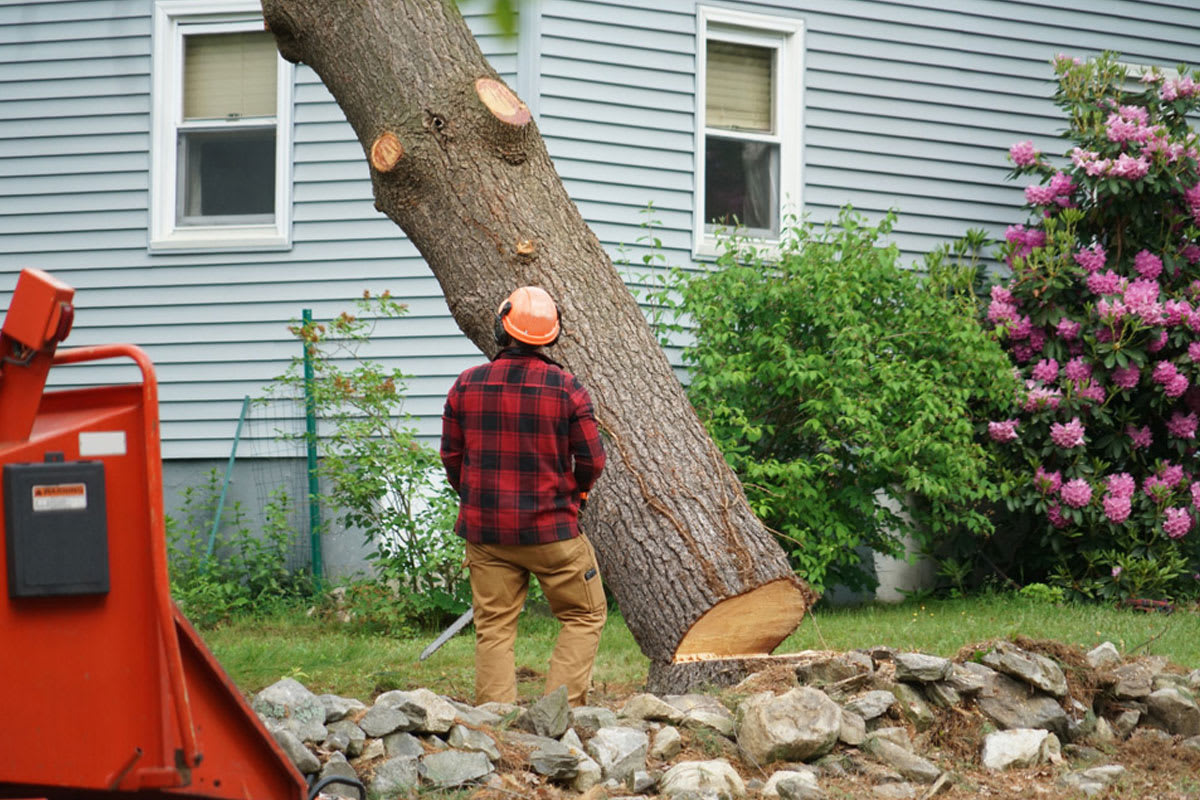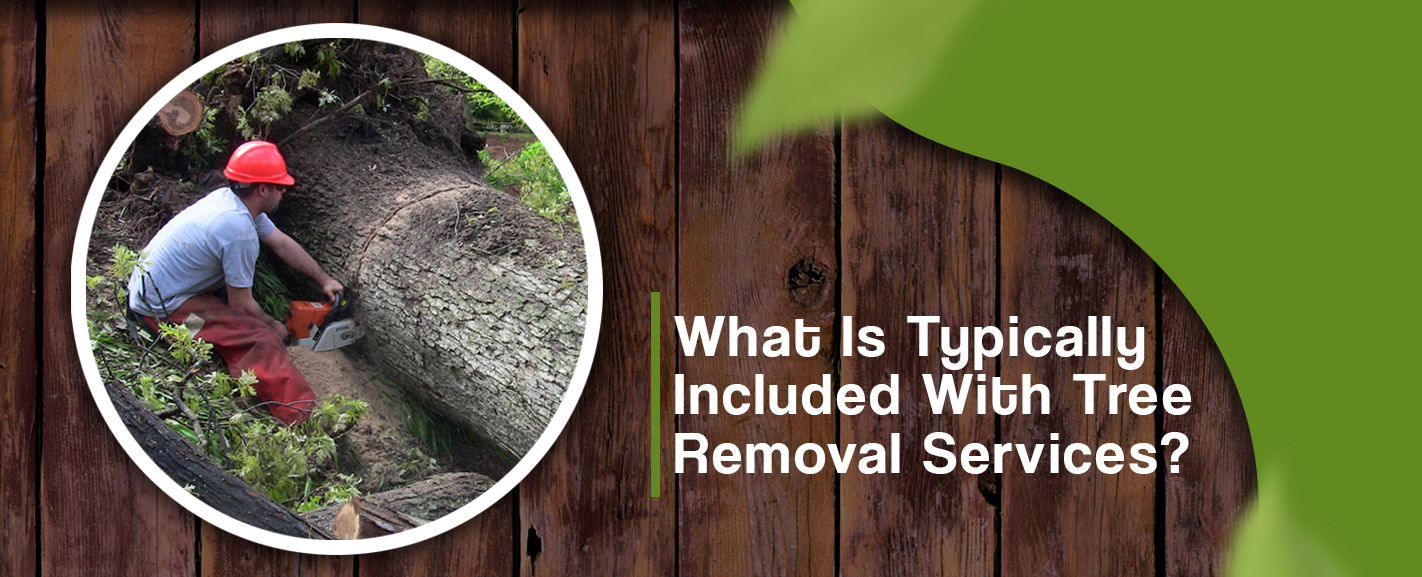Featured
Table of Contents
- – Scenic Oaks, TX Tree Clearing Pricing Estimates
- – Top Tree Clearing Reviews In Scenic Oaks, TX
- – 2025 Stump Grinding Costs In Scenic Oaks, TX
- – Scenic Oaks, TX Tree Removal: Price Vs. Quality
- – Highest-Rated Stump Removal Reviews In Scenic...
- – Scenic Oaks, TX Tree Clearing: Flat Rates
- – Scenic Oaks, TX Tree Service Review: Pricing
- – Top 10 Money-Saving Tips On Stump Grinding I...
- – Scenic Oaks, TX Stump Grinding Cost Ranges
- – Scenic Oaks, TX Tree Service Modernization C...
- – Scenic Oaks, TX Arborist: Price Guide
- – Top Tree Cutting Prices In Scenic Oaks, TX
- – Scenic Oaks, TX Stump Removal Price Guide Fo...
- – Total Arborist Costs In Scenic Oaks, TX
- – Decoding Arborist Estimates In Scenic Oaks, TX

The subsections below offer more in-depth info about pricing, consisting of an average variety for each. TypeAverage Removal CostPineConiferPalmMagnoliaArborvitaeAshCedarSweet GumEucalyptusSycamoreCypressOakMaplePoplar You can anticipate to pay in between to eliminate a pine, depending upon its size. Getting rid of a pine is one of the more budget-friendly jobs unless it is one that has been around for several years and is rather big.
Scenic Oaks, TX Tree Clearing Pricing Estimates
Pines likewise have a tap root that grows deep into the soil, which can show to be harder to remove. The procedure itself includes an expert cutting the tree, clearing the base, cutting the surface roots, removing the stump, and lastly treating the soil. Without a professional hand, you run the risk of leaving pine seedlings behind, which will fall from the roots of distressed pines.
Top Tree Clearing Reviews In Scenic Oaks, TX
The U.S. nationwide average for conifer removal is around to have the conifer cut down, carried away, and the stump ground or removed completely. Conifers are usually easier to eliminate, and although they can grow rather high, they do not cost a fortune to eliminate. Conifers include pine, spruce, fir, and juniper trees.
2025 Stump Grinding Costs In Scenic Oaks, TX
While conifers are gorgeous, they eliminate native plants and certain types of lawn (tree service). The typical rate of palm removal depends on the height as much as the type, varying from.
Scenic Oaks, TX Tree Removal: Price Vs. Quality
That is why it is necessary to understand which type you are getting rid of. While you do not need an herbicide to eliminate a palm tree, there are some steps your removal specialist will need to take to guarantee the task is done correctly. There are 2 methods they can get rid of them: by chopping them down or digging them up.
Highest-Rated Stump Removal Reviews In Scenic Oaks, TX
This is since little animals like rats and scorpions often reside in them. Plus, numerous types will have spikes, too. From there, they eliminate the actual tree and after that the stump. Expect to pay between to remove this type of tree, depending upon the specific size and information of the task.
Scenic Oaks, TX Tree Clearing: Flat Rates
There are 3 types: green, white, and black ash. With its gray-tinged bark, its leaves are green or purple in the spring and golden yellow or purplish-red in the fall.
Scenic Oaks, TX Tree Service Review: Pricing

Due to the variation in height, the removal price difference is wide from. A coniferous, evergreen tree, the cedar is a sturdy types.
Top 10 Money-Saving Tips On Stump Grinding In Scenic Oaks, TX
The development of incorrect cedars varies from 50 feet up to 230 feet high. With star-shaped leaves and spectacular fall colors, the sweet gum is thought about a medium to large tree.
Scenic Oaks, TX Stump Grinding Cost Ranges
Typically, it costs between to eliminate a eucalyptus. Eucalyptus are not common everywhere, but they are rather large compared to others, which is why even the smaller ones are so pricey to get rid of.
Scenic Oaks, TX Tree Service Modernization Costs
There are a handful of ways to do this, including burning, pulling, grinding, or eliminating them with herbicide. Anticipate to pay in between to eliminate sycamores, based on the height, trunk size, and quantity of work included. Sycamores are one of the biggest hardwood trees, normally varying from 60 to 100 feet high and as large as 15 feet.
Scenic Oaks, TX Arborist: Price Guide
The first two actions will expose the insides of the tree and cut off the flow of nutrients up the trunk. From there, a professional uses herbicide to eliminate the tree and cuts down the trunk.
Top Tree Cutting Prices In Scenic Oaks, TX
There are many various types of Cypress trees, but the most common are the Leyland, Arizona, Bald, and Italian. The Bald Cypress grows in swampy or very damp locations while the others enjoy a dry, warm, or hot climate (tree clearing). They can grow as tall as 80 to 100 feet tall
Scenic Oaks, TX Stump Removal Price Guide For Homeowners

Prone to diseases, the Cypress is among the most prized woods for furnishings. The average oak grows to around 60 feet, and depending on the intricacy of the removal, it costs approximately to eliminate. The precise size of your oak and the effort required to fell it affect what you will actually pay for elimination together with any extra services like stump grinding.
Total Arborist Costs In Scenic Oaks, TX
Access to the trees and the roots will likewise impact the overall cost. Maples are generally amongst the more pricey trees to remove because of their size and the work included in the removal.
Decoding Arborist Estimates In Scenic Oaks, TX
Growing as high as 90 to 115 feet, these enormous woods are mainly found in North America and consist of the aspen, cottonwood, and balsam trees. The process to remove trees includes all the trimming and cutting of the branches and trunk, bringing it down to a stump.
Table of Contents
- – Scenic Oaks, TX Tree Clearing Pricing Estimates
- – Top Tree Clearing Reviews In Scenic Oaks, TX
- – 2025 Stump Grinding Costs In Scenic Oaks, TX
- – Scenic Oaks, TX Tree Removal: Price Vs. Quality
- – Highest-Rated Stump Removal Reviews In Scenic...
- – Scenic Oaks, TX Tree Clearing: Flat Rates
- – Scenic Oaks, TX Tree Service Review: Pricing
- – Top 10 Money-Saving Tips On Stump Grinding I...
- – Scenic Oaks, TX Stump Grinding Cost Ranges
- – Scenic Oaks, TX Tree Service Modernization C...
- – Scenic Oaks, TX Arborist: Price Guide
- – Top Tree Cutting Prices In Scenic Oaks, TX
- – Scenic Oaks, TX Stump Removal Price Guide Fo...
- – Total Arborist Costs In Scenic Oaks, TX
- – Decoding Arborist Estimates In Scenic Oaks, TX
Latest Posts
Find Stump Grinding Quotes In Metairie, LA
Should You Hire A Tree Trimming In Heathrow, FL
Ongoing Tree Removal Costs In Cudahy, CA
More
Latest Posts
Find Stump Grinding Quotes In Metairie, LA
Should You Hire A Tree Trimming In Heathrow, FL
Ongoing Tree Removal Costs In Cudahy, CA